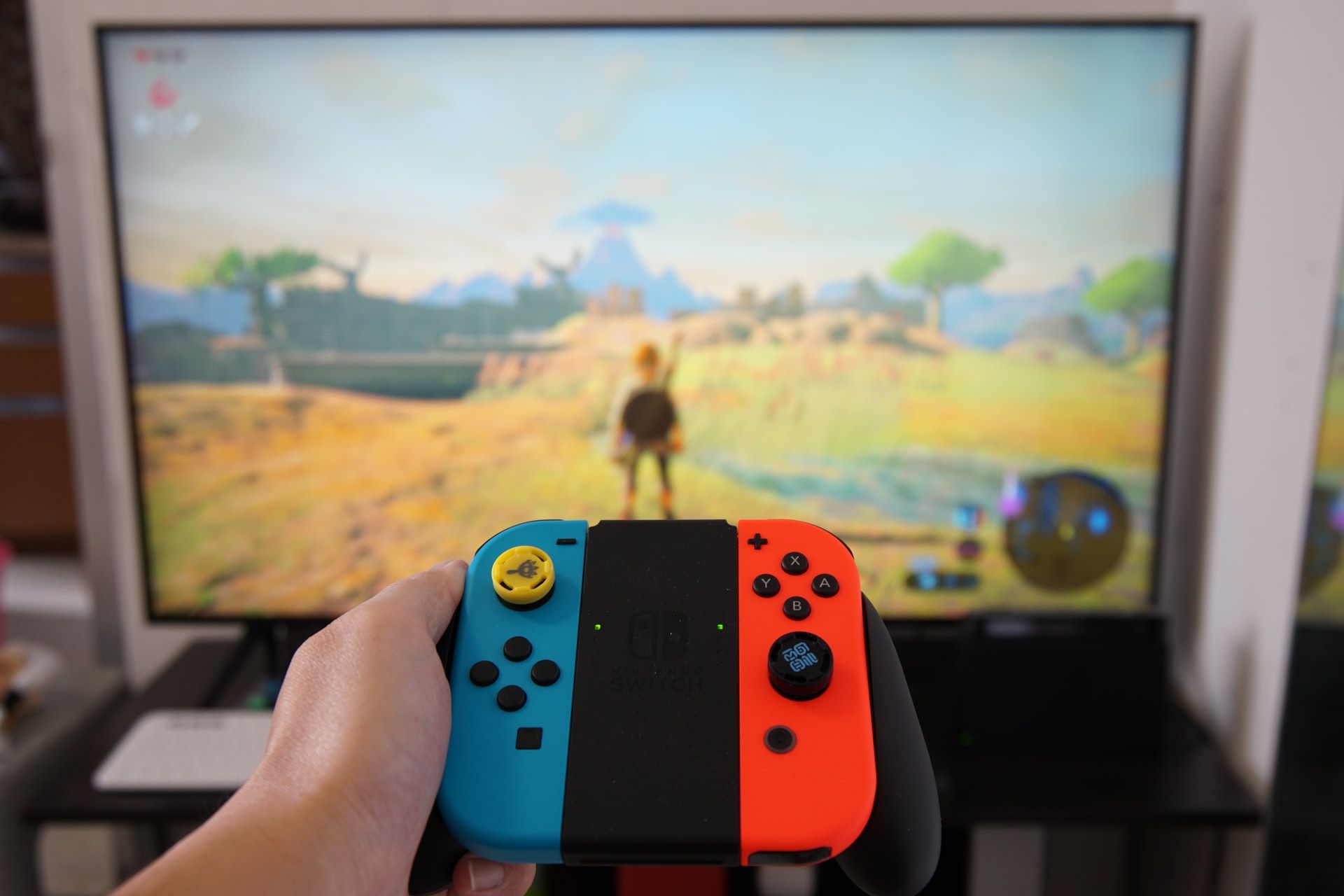There's no shortage of shady practices in the video gaming industry. Developers often try sneaky tactics to try and earn as much as possible from each release, including major graphical downgrades, tall claims, and promises to hype up pre-orders.However, all of this can be attributed to one thing: video games should really be more expensive than they are at the moment. Now, we know that this is a contentious statement, but we have a solid case. Hear us out!
1. Video Game Prices Haven't Kept Up With Inflation
Back in 1990, NES cartridges used to sell for $50. The average inflation rate since then has only gone up. According to Statista, the average inflation rate of the dollar was around 2.49% per year from 1990 till 2021, which effectively means a price increase of 119.99%.
You can also use the CPI inflation calculator from the Bureau of Labor Statistics to compare different values. As you can see, video game prices haven't kept up with inflation.
It's one of the few industries where core product prices have remained relatively the same, with sellers offering different purchasing options to cover up the deficit by offering downloadable content, season passes, or limited game editions.
2. No More DLCs or Microtransactions
Almost everyone hates microtransactions. These are essentially cosmetic enhancements or other in-game items that, while do not affect your gameplay in most cases, do change the way your character looks.
In order to cover up developmental costs and marketing expenditure, companies often add microtransactions, charging users to pay for enhancements such as XP boosters, specific weapons, custom skins, level skips, and more.
If video games are priced higher, even around the $70 or $80 mark, there is a strong chance that developers won't include any DLCs or microtransactions, which harkens back to the golden days of gaming when everything came packaged on the disc.
Now, there are some developers that sell full games for $60, and don't charge anything for DLC. God of War, for instance, is an excellent example. But, you have to understand that these are outliers.
Not every developer has the financial muscle like Santa Monica Studio, nor do they have the backing of the largest video game company in the world. With a slight increase in pricing, we can expect developers to avoid using these shady tactics.
3. Better Quality and Deeper Storytelling
Publishers often force developers to cut down storylines or to shorten games so that they can sell certain parts as downloadable content later on. This results in a half-baked game at launch, with gaping holes in the story.
A prime example of this was Destiny, which had a behemoth $500 million budget. The design, visual art, and aesthetics were excellent, but the storyline was, for lack of a better word, nonexistent.
Players expected a massive space adventure with planet-hopping and expansive open worlds, but were instead treated to repetitive missions. Despite the game being both a critical and commercial success, this was a sore spot, with both reviewers and gamers.
When developers know that they can sell a game at a higher price, they generally won't look at ways to cut out content or parts of the core game to sell later on. Nowadays, there are many instances where developers botch their own video games.
4. Rehashing and Reusing Similar Assets
Here's a scenario that you might be familiar with: you purchase a highly-anticipated sequel to a video game on release day. You bring it home, excited to dive right into it, and fire up your console.
You wait for a few hours for the day-one patch to download, anxious to get started. Finally, you start playing, and as you go through the game, you realize a large part of it contains assets, such as enemies or textures, that you've already seen before.
You try to dismiss the feeling of being cheated out of your hard-earned money, diverting your focus towards the story or the gameplay enhancements. But, even those seem shallow, and as you continue to play, your excitement slowly turns into disappointment.
Asset recycling is not new to video games. For instance, in Super Mario Bros., the green bushes that you see are the same as the clouds in the game, except they're colored green.
Video game developers often reuse assets due to low budgets or when they simply don't have time to create and render new ones. Destiny, again, is an excellent example of a game that heavily reuses assets.
Kelly Snyder, a developer who worked at Bungie, shed light on how Bungie reuses assets:
As video game worlds get bigger and more graphically detailed, it often becomes difficult for developers to make games without rehashing some assets. Now, while this is not necessarily a bad thing, it does turn into a problem if the lack of effort is glaringly obvious.
Video Game Development Is Evolving
The video game industry has grown significantly over the last couple of decades. From mobile games to handheld consoles to a renewed focus on indie games, there's been a lot of change in the industry.
Needless to say, video game development has evolved too and so should video game prices. While this sounds bad at first, the pros that come with a higher RRP might just be worth it.



